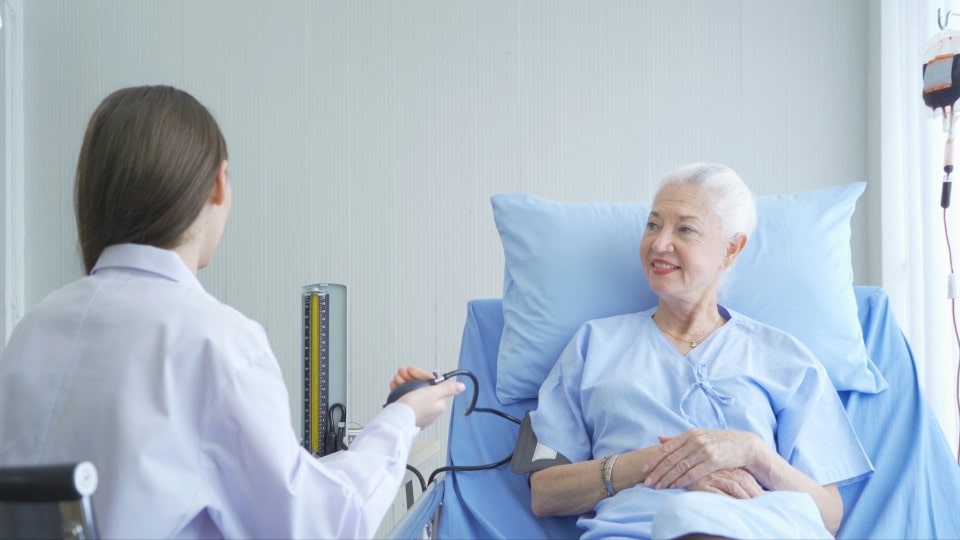Venous and Arterial Ulcer Treatment
What are Venous Ulcers?
A venous ulcer or venous leg ulcer is a sore on the leg that takes quite a bit of time to fully heal. These sores can last from weeks to years. One of the reasons behind this slow healing process for a venous ulcer is because of poor blood circulation. The valves around the leg don’t work well in this case and stop blood flow from reaching its full circulation and increase pressure to the limb where oxygen and nutrients are needed for repair through blood.
Over 1% of Americans end up getting a venous leg ulcer and its most common for people who age, smoke, are obese, have diabetes, leg injuries and have varicose veins. If the wound area is itchy or has a burning feeling, the leg may be swollen and needs medical attention to verify as a venous ulcer.
Location: Lower leg
Shape: Shallow and Large Shape
Appearance: Scaly and Shiny
Pain Level: Dull pain
What are Arterial Ulcers?
Arterial ulcers usually form on the outer side of the feet, ankle, heels or toes area. Closely similar to venous ulcers, arterial ulcers occur most often on the foot. The characteristic includes being round, deep and dry.
Location: Foot
Shape: Rounded, punched out appearance
Appearance: Deep and shallow
Pain Level: Very painful
Treatment for Venous and Arterial Ulcers
Treatment for venous and arterial ulcers ulcer is very complex and needs professional care to handle the patients wounds. Some wounds take weeks to heal and some take months and its the patients job to follow directions to have fast and successful recovery with the help of wound care experts.
To treat arterial and venous ulcers, podiatrists and surgical staff will do their best to restore blood flow to the affected area with a designed wound care treatment schedule that may include surgical and medical techniques.
Surgical Options For Diabetic Ulcers
Many normal diabetic ulcer cases are treatable by wound experts, but medium to high risk wounds have to be handled with surgical options.
This surgical options for diabetic ulcers may include:
- Removal of pressure from affected wound
- Correction on area that has grown deformities
- Amputation of infected area
Self Care for Diabetic Ulcers
In addition to providing with a prescription to antibiotics, doctors will show you how to properly care for your wounds with cleaning techniques. These ulcers need to be clean, dry, and bandaged to prevent any infection.
To minimize the risk of developing severe complications please follow these tips:
- Avoid crossing legs
- Avoid extensive sitting and standing
- Avoid cold temperatures
- Stop Smoking if you are a current user
- Examine your legs and feet daily
- Manage blood pressure, cholesterol, glucose levels
- Exercise as usual
- Have comfortable shoes
Venous and Arterial Ulcer Treatment in Los Angeles
The Wound Institute of America in Los Angeles has the best treatment plan for venous and arterial ulcer patients. If a patient comes in with a current chronic ulcer, he/she will be met with world class treatment from physicians, surgeons and podiatrists to heal the complex wound or have the best medical outcome for the wound.
If your looking for venous and arterial ulcer care in Los Angeles, Beverly Hills, Glendale, Pasadena, Long Beach, Pasadena., then please visit us at Wound Institute of America in the Los Angeles County for appointment or questions.
Wound Institute of America will get that smile back.
If you have an questions about wound care, wound care services, treatment plans, and anything related to our program, then contact Wound Institute of America of Los Angeles, where doctors will be happy to answer any questions that you may have or contact us through our Contact Page Form.
Wound Institute of America is located in Los Angeles County of CA.
